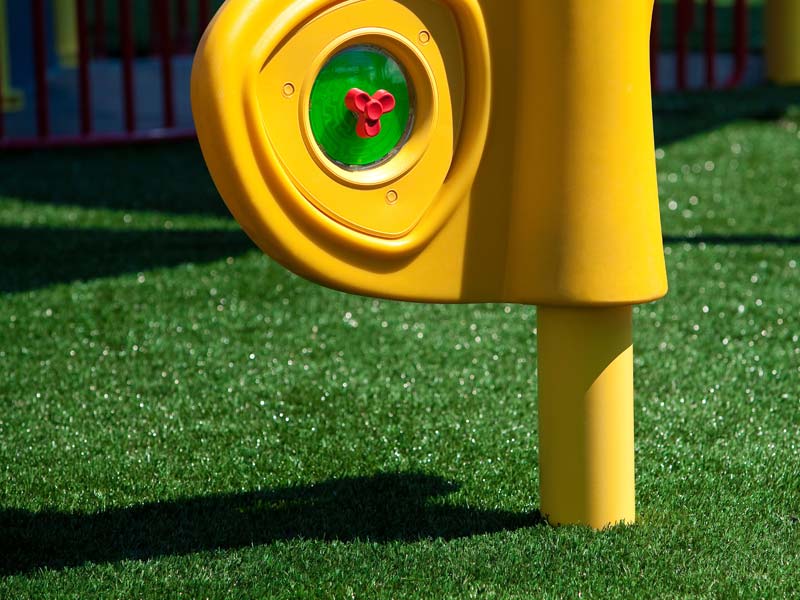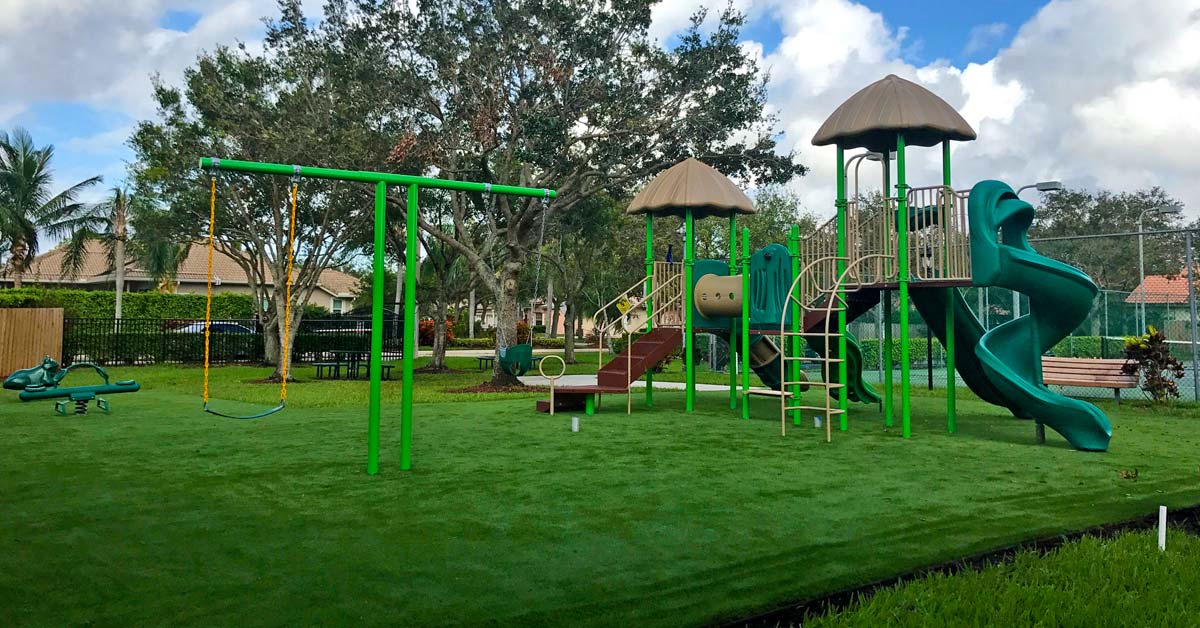Artificial turf was first created by David Chaney and his team of researchers at the North Carolina State University in 1960 for baseball fields. It wasn’t until the 1970’s that artificial turf became the top pick of surface material used in sport stadiums and fields across the USA and Canada.
Artificial Turf Many Uses
Artificial Turf allows traditional outdoor sports to be moved indoors, such as football, baseball, soccer, field hockey, lacrosse, and tennis. Soon after its creation, artificial grass was even used at ski and snowboard resorts and European clubs to create a feeling of warm and sunny conditions.
Additionally, airports began using the surfacing because it provided a reliable pathway for emergency vehicles and planes that veer off the runway. Neighborhoods, schools, and places of business began laying artificial grass on its grounds to reduce the amount of insects and animals that are normally attracted to grass. These places also wanted a pleasing view of always-green grass.
So What Exactly is Artificial Turf?

To start, artificial grass is a unique blend of polyethylene monofilament fibers and thatch layer that simulates a fine fescue grass or blue grass. This combination of fibers gives the turf its very soft, rich carpet like feel. Turf products are installed using a shock absorption and drainage pad for a long-lasting healthy environment.
Furthermore, turf has become the perfect supplement to real grass around the world for sports, recreation, businesses and even schools. This material provides benefits for places with harsh weather conditions, places with unwanted pests, and even places that just want a low-maintenance yard.
Artificial Turf Benefits
Some advantages of installing artificial turf are as follows:
- It’s weather friendly. This is a wonderful supplement for hot environments or places that don’t get a sufficient amount of sunlight. Grass has a difficult time surviving in those conditions, but artificial turf can last in any climate or weather condition.
- Turf won’t get soggy in the rain. This surface material doesn’t become muddy or flood like natural grass does. Because it has a layer under the grass-like layer that acts as a drainage system, water can easily fall through to the drain pad and then runoff to public drains.
- You don’t need to trim or fertilize the surface. In turn, you can save money by reducing the number of people hired to maintain your lawn.
- The surface material deters insects and other animals. Turf eliminates all components required for insect and animal survival such as soil, nutrients, and water. Also, it reduces the risk of hidden foreign objects that can potentially injure children who fall.
- Turf is always vibrant green. You never have to worry about the visual appeal of your park, lawn, place of business or playground area.
Artificial turf has many benefits to play areas, residential and commercial lawns, resorts and sports fields. If you would like more information about artificial turf and its benefits, please visit BYO Recreation’s website. One of our professionals will be happy to provide you with more information on artificial turf and other surfaces.
